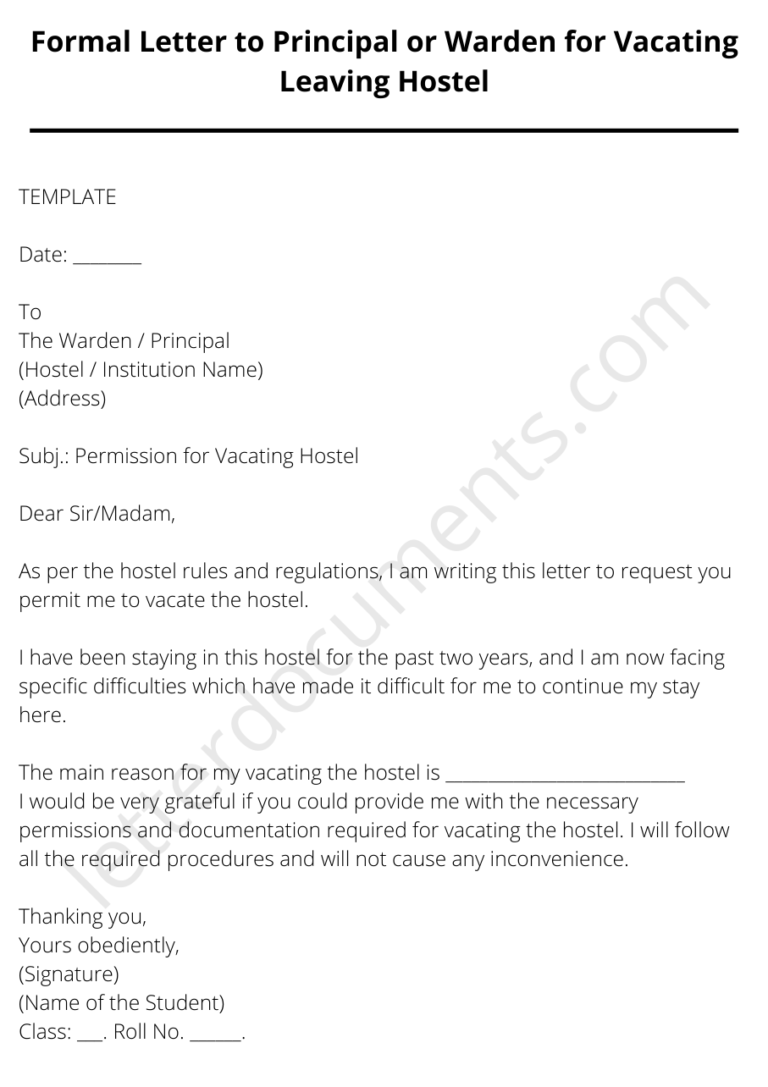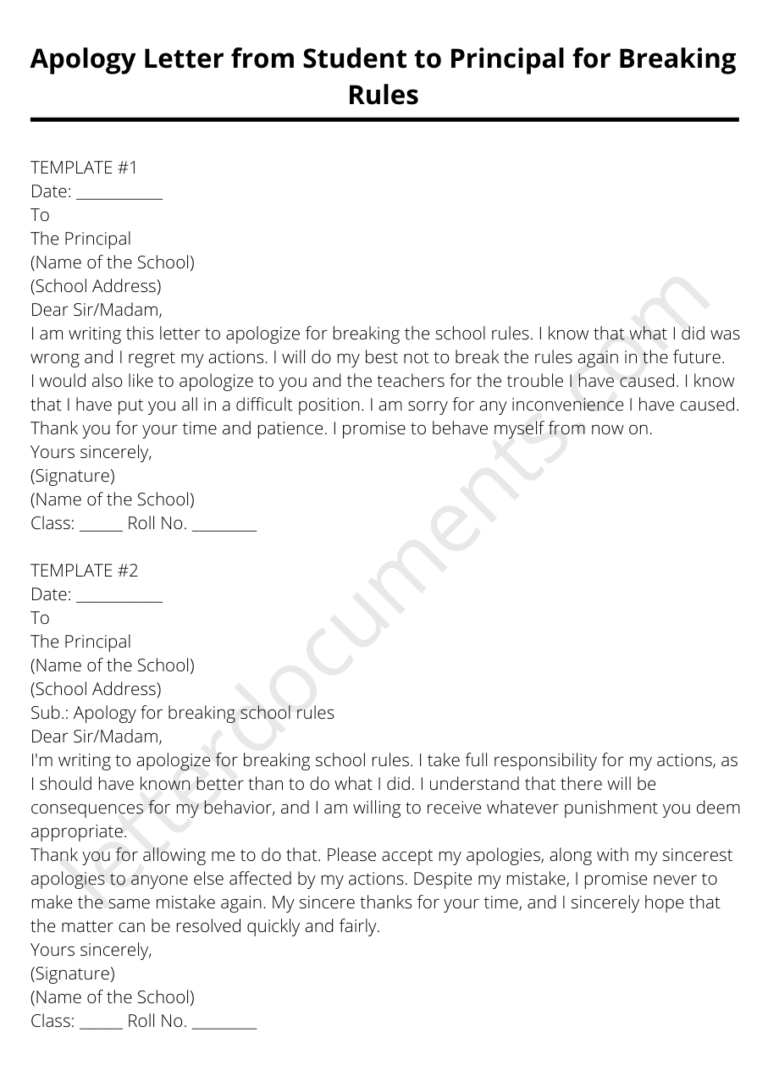Disciplinary Letter to Parents about Child’s Behavior in School
It is important to discuss with your child about their behavior in school. Discipline at home should be consistent with the expectations and rules that are in place at school. Here are some tips to help you talk with your child about their behavior in school:
- Avoid using negative language. Instead of saying, “You’re in trouble,” try, “Let’s talk about what happened today.”
- Listen to your child’s side of the story. It’s important that they feel like they can explain their actions and be heard.
- Help them come up with a solution. Once you’ve heard their side of the story, work together to devise a plan to avoid similar issues in the future.
- Follow through with consequences. If you’ve agreed on a consequence, follow through with it. This will help your child know that you’re serious about their behavior.
- Keep the lines of communication open. Let your child know they can always come to you to talk about their school day, good or bad.
Similar Post: Apology Letter from Student to Principal for Breaking Rules
Teacher Letter To Parents About Behavior Problems: A Comprehensive Guide
Introduction:
Educators understand the importance of open and effective communication between teachers and parents. Addressing behavior problems in the classroom requires a collaborative effort, and one way to initiate this dialogue is through a well-crafted teacher letter. This article will guide you through writing a compelling and informative letter to parents about behavior problems. Our goal is to provide valuable insights and sample formats to help you outrank other websites and ensure your message reaches the right audience.
I. Understanding the Importance of the Letter:
The teacher’s letter is vital in fostering a positive and supportive learning environment. By addressing behavior problems promptly, you can establish a strong partnership with parents and work towards the student’s holistic development. A well-written letter conveys your concerns and provides suggestions and strategies for parents to implement at home. This proactive approach can lead to a more harmonious classroom and a better overall educational experience for the child.
II. Structuring the Letter:
1. Greetings and Introduction:
Begin the letter with a warm and professional greeting, addressing the parents by name. Express your appreciation for their ongoing support and collaboration. Introduce yourself briefly, mentioning your role and experience as their child’s teacher.
2. State the Purpose:
Clearly state the purpose of the letter, which is to discuss behavior problems observed in the classroom. Emphasize your intention to work with the parents to address these concerns effectively. Reinforce the shared goal of promoting the student’s academic and social growth.
3. Provide Specific Examples:
Offer specific examples of the observed behavior problems. Describe the incidents objectively, avoiding personal judgments or labels. Be concise yet comprehensive, allowing parents to understand the scope and impact of the issues.
4. Express Concern and Impact:
Demonstrate genuine concern for the student’s well-being and highlight the impact of the behavior problems on their learning experience. Explain how addressing these issues can positively influence their academic progress, social interactions, and overall character development.
5. Collaboration and Support:
Reiterate your commitment to collaborate with the parents in finding suitable solutions. Offer your support in implementing strategies both in the classroom and at home. Encourage parents to share their insights, concerns, and any relevant information that may contribute to a better understanding of the child’s behavior.
6. Suggest Strategies:
Provide practical and actionable strategies that parents can incorporate into their daily routines. Tailor the suggestions to the specific behavior problems exhibited by the student. Offer resources, such as books, websites, or workshops, to further assist parents in addressing behavioral challenges.
7. Closing:
End the letter positively, expressing your confidence in the parent’s ability to make a difference. Encourage an open line of communication and invite parents to schedule a meeting or contact you for further discussions. Thank them for their time, attention, and dedication to their child’s education.
Similar Post: Sample Apology Letter to Teacher for Misbehavior from Student
TEMPLATE #1 – First Warning Letter
Dated ……………
Ref: ..…………….
From
The Principal
(Name of the School)
(Address)
(Contact No.)
To
(Name of the Parents)
(Address)
(Contact No.)
Sub.: Regarding the behavioral conduct of your child ………. in the class
Dear Mr. and Mrs. ……………,
Greetings. Trust you are doing well.
We want to bring to your kind attention the behavioral conduct of your child in the class. It has been observed that your child is disruptive and does not follow the class rules.
This behavior is unacceptable and must be corrected immediately. We request you to talk to your child and explain the importance of following rules and being disciplined.
Your understanding and cooperation are greatly appreciated.
Sincerely,
(Signature)
(Name of the Principal)
TEMPLATE #2 – Last Warning Letter
Dated ……………
Ref: ………………
From
The Principal
(Name of the School)
(Address)
(Contact No.)
To
(Name of the Parent)
(Address)
(Contact No.)
Sub.: Serious behavioral concerns of your child ………. in the school
Dear Mr. and Mrs. ……………,
Greetings. Trust you are doing well.
We are writing to express our serious concerns about your child’s behavior in school. Despite our best efforts, your child has continued to exhibit disruptive and disrespectful behaviors that prevent them from succeeding in the classroom.
Your child has been warned multiple times about disruptive behavior, but they have failed to improve. As a result, we have no choice but to ask you to come in for a meeting so that we can discuss solutions. We understand that parenting is difficult, but we implore you to work with us so that your child can succeed in school.
Your understanding and cooperation are greatly appreciated.
Sincerely,
(Signature)
(Name of the Principal)
Conclusion
In conclusion, addressing behavior problems in the classroom requires open communication, collaboration, and a proactive approach. Writing a well-crafted teacher letter to parents is an effective way to initiate this dialogue and work together towards the betterment of the student. By following the structured format provided in this comprehensive guide, you can create a letter that conveys your concerns and offers practical strategies for parents to implement at home.
Remember, the letter’s purpose is not to criticize or place blame but to foster a supportive and nurturing environment for the student’s academic and personal growth. Express your genuine concern for the impact of behavior problems on the child’s learning experience, and emphasize the importance of collaboration between home and school.
Offer specific examples of the observed behavior problems, and provide strategies tailored to address these challenges. Encourage open communication, sharing of insights, and a partnership that values the parent’s input. Together, you can better understand the underlying factors contributing to the behavior problems and work towards practical solutions.
Parents can support their child’s behavioral development by implementing clear expectations, positive reinforcement, consistent routines, and problem-solving skills. Don’t hesitate to seek additional support from school professionals who can provide valuable insights and resources.
Remember, your role as a teacher is to educate and guide and support students in their overall development. By establishing a strong partnership with parents, you can create an environment where behavior problems are effectively addressed, leading to improved academic performance, positive social interactions, and a better educational experience for the child.
We hope this comprehensive guide has provided valuable insights and sample formats to help you write an exceptional teacher letter that outranks other websites in Google. Remember to tailor the content to your needs and strive for clear, concise, and informative communication.






